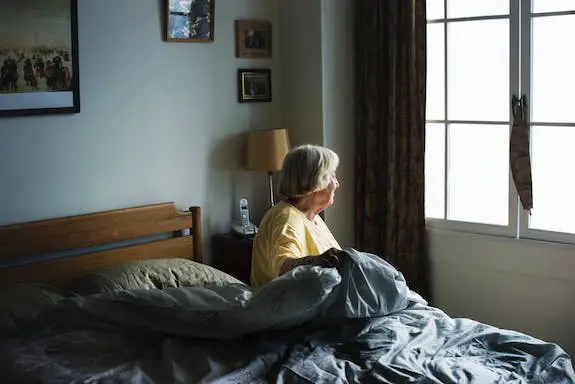Many seniors reside in nursing homes and other care facilities, and some remain in their homes, receiving care from family members, neighbors, and hired home health aides, when they become unable to care for themselves. As we invite others into our lives to assist with details, it increases the risk of elder abuse.
How common is elder abuse?
Elder abuse is more common than people realize and in situations where others are providing care, attentiveness is key to the protection of your loved one. Victims do not always report abuse, either due to lack of cognitive ability; fear of potential consequences, or because of the desire to protect the abuser. Therefore, being able to identify the signs is crucial to your loved one’s safety.
What are the types of elder abuse?
Elder abuse comes in many different forms including physical, mental, emotional, and sexual abuse, as well as domestic violence, neglect, and financial manipulation. Sadly, the symptoms of elder abuse is sometimes perceived as the onset of dementia or dismissed as increased frailty that occurs with age.
What to look for in a caregiver
As you hire home aides or other caregivers to help out, be observant of your loved ones living conditions and attitude, and watch out for any significant changes. Further, pay attention to the interactions between the caregiver and elder. How is the relationship? How well do you know the caregiver? Communication is key and even though caregivers are often strangers that are hired, make a point of building a relationship and getting to know one another. This collaboration will be beneficial in the care of your loved one and will help you gain insight into the type of person you’ve hired to take on the role of caregiver.
Key indicators of elder abuse
- Neglect can occur on various levels and if not addressed can potentially lead to health issues and safety concerns. Signs of neglect include unsanitary living conditions, unclean clothes, improper nutrition, and failure to administer medicines as prescribed or other unexplained conditions.
- Psychological abuse can easily go undetected until the victim is significantly impacted. When an elderly person experiences this type of abuse, they will often isolate themselves from family and friends, begin acting differently, or show signs of fear and apprehension around the abusive caregiver.
- Physical and/or sexual abuse typically result in visible signs such as cuts, bruises, scratches, burns, or injuries that cause physical or brain impairment.
- Financial abuse can include unpaid bills, credit or debit cards being stolen or misused, funds missing from bank accounts, and so on.
Every person, regardless of physical or mental state, age, or otherwise deserves to be treated with respect while dignity and safety are maintained.
Elder abuse generally occurs where the person is living whether in a care facility, in his or her own home, or in the home of a relative. If you have any suspicions of mistreatment or abuse, don’t look the other way. There are federal and state laws that protect the elderly, and when concerns arise, contact the Adult Protective Services immediately.



